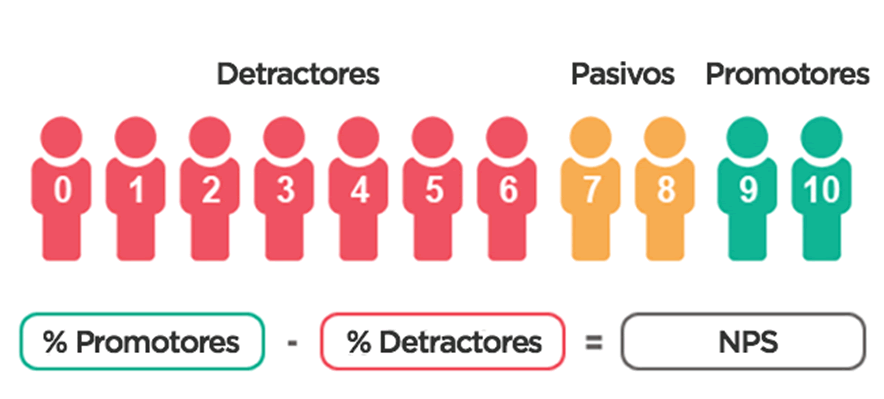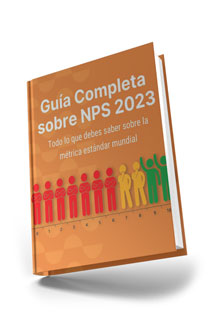The truth is that we are fans of NPS (Net Promoter Score). It’s a simple metric that speaks volumes. However, it has its limitations and has been used to measure things it is not designed to do.
NPS is a metric that was devised to identify promoter, detractor, and passive customers. It is a metric of loyalty and bond with a product or brand, very simple to measure, friendly to both companies and consumers.
It is an excellent compass to understand where we stand in terms of the consideration of our audience and serves as a benchmark since NPS is a methodology with high penetration in various industries.
However, it is not designed to provide some data that will be of vital importance in your customer satisfaction management strategy.

MISUSE OF THE TOOL
It’s not the fault of the NPS, in any case it’s the fault of all of us who ever considered it to measure things it wasn’t intended for.
Would you use a screwdriver to loosen a nut?
NPS shouldn’t be the only metric measured in your company. It is not a tool that captures the experience and satisfaction of a certain process, so there are pains and opportunities that can be hidden.
It is an indicator that, by measuring bond and loyalty, manages to capture the heritage and history of a customer’s relationship with a certain brand or product. So, should I ask my customer every time they interact with a touchpoint in my customer journey if, based on that particular experience, they would recommend my brand? We don’t think so.
NPS = Strategy = Long Term
CONNECT WITH YOUR CONSUMERS
It’s important to supplement NPS with other metrics to give you a more complete picture. Not only do you need to know if the customer will recommend you, you need to know how they felt, where and when they had that contact with your brand, identifying the reasons that leveraged their level of satisfaction.
With an input that combines the NPS with other easy-to-collect data such as the Net Satisfaction Index (ISN), a measurement usually supported by emoji-type surveys, you will be able to continue to maintain a high volume of participation and richer information to work on a day-to-day basis with your teams.
ISN = Continuous Improvement = Short Term
There is a high correlation between the ISN and the NPS, greater than 70% in some cases, managing to identify the variables that have a major impact on the success of a healthy NPS in the long term.
In conclusion, NPS is a very powerful tool that is not in vain a global standard. However, it is important that you complement it to other metrics that connect the day-to-day with the emotion of your customers and allow you to distinguish the experiences that must be continuously improved and most importantly that they must be improved in a timely manner.
Keep it simple, but don’t just stick with one metric to measure everything.

